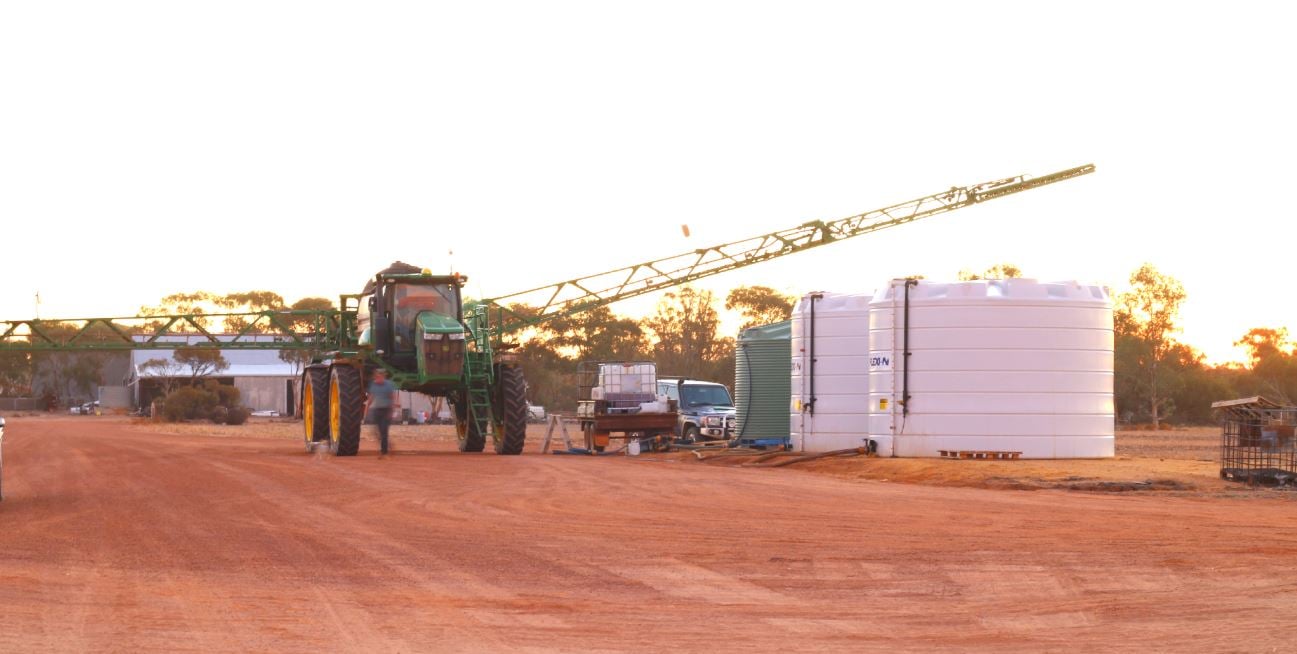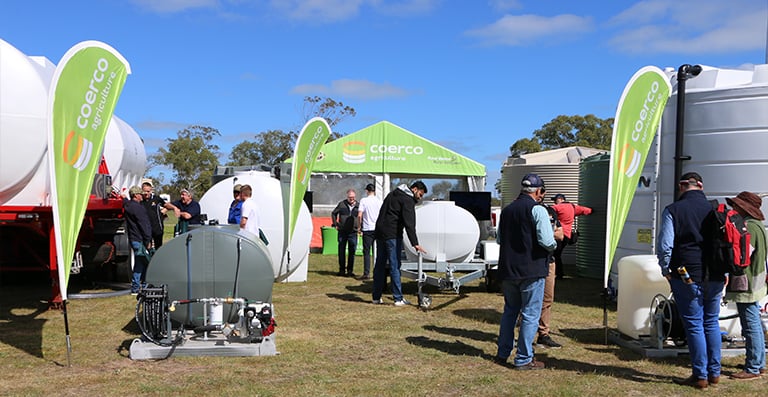Fire, like many of Earth’s elements, is a great equaliser. It doesn’t discriminate. Australia’s longstanding relationship with fire – or bushfire for that matter – has forced communities to come together and has pushed individuals to realise the necessity of having fire fighting equipment to defend family and their community. Yet, bushfires are still very much an ongoing threat that happens year in and year out and demands us to be vigilant and attentive.
Preparing for Rural Bushfires
Take a good honest look around your house and property and ask yourself these questions:
- Do you have a bushfire survival plan set in place?
- If so, is it a habit of yours to check if it’s up-to-date with the ongoing changes around your property?
- Do you have the necessary paraphernalia to go along with your compact or trailed fire fighting equipment?
If you answered NO even once, then it's time that you seriously question your level of preparedness.
Granted, a fire fighting unit on your farm is necessary, but what other essentials do you need to prepare? See this checklist below.
1. An independent fire fighting water supply of at least 20,000 litres
There is no way of telling how long fire would last or how wide its expanse would be. Firefighters often face the difficulty of not having enough water at the event of a bushfire. Mains water supply will likely be shut off during these times and firefighters need an alternative water supply to keep fighting what could potentially be acres of raging bushland.
2. 1.5kVA generator as electricity may be shut off
The uses of electrical generators are endless:
It Helps Light the Way
Even if you’re not in the immediate vicinity of fire, you still need light to be able to move your way around outside or inside your home as you gather essentials, or most importantly, your loved ones. Without this, you’re risking your loved ones running into accidents that could be avoided. Children and the elderly especially have trouble moving around in the dark!
Helps You Keep Up to Date
You need to constantly stay updated with the status of the fire, which direction it’s going, whether you need to evacuate, etc. The radio or television are the best channels of communication through which authorities can advise you what to do during fire. Don't be left clueless. It's best to arm yourself with information to avoid unnecessary panic.
Helps You Stay in Contact
Mobile phones are the best way to quickly reach out for help when things escalate. Thus, you need a way to keep it powered up just in case.
3. Sufficient fuel to power a pump
4. Firefighting or pressure pump
Make sure the pressure pump can operate up to 400 lpm and that it's resistant against high temperatures.
5. 2 hoses with metal hose fittings
Metal hose fittings are necessary to avoid melting due to heat. Make sure the hoses are long enough to reach different areas of your house or crucial areas around your property.
6. 2 ladders
You need one for indoor use and another one for outside.
Whether or not you choose to defend, it’s best to have these ready. If you decide to leave, you may find that escaping from the roof area is your only option. Then it would be a good thing you have a ladder ready for outside use. If you stay to defend, you would need a ladder near the manhole towards your ceiling to check the area for embers.
You could also use a ladder to check the gutters of your roof to make sure they are leaf-free before a fire even breaks out.
Fire is, without a shadow of a doubt, unpredictable. You never know what sort of situations it will throw you in.
As such, 2 ladders are better than 1. In the event of fire, you’d be able to save time if you’re not dragging one ladder from one area of the house to another.
7. Metal rakes, metal shovels, and a metal bucket
Metal rakes and shovels are especially good for breaking up burning materials. A metal bucket is especially useful when you need to isolate small burning materials from direct contact with other fire conductors.
8. A wet or cotton mop
These things are useful for when you need to put out small embers, lest the flames ignite a bigger structure nearby.
Needless to say, fire preparedness requires you to be meticulous with your planning. "The devil is in the details", they say. That's because something that's overlooked or seemingly insignificant could contribute to a disastrous end. In other words, “By failing to prepare, you are preparing to fail.”
The above checklist is just one of several that you can incorporate into an existing plan that you might already have. Start planning today!
Related Article:
How Well Do You Know Your Fire Fighting Unit?









What do you think about this post?
Comments